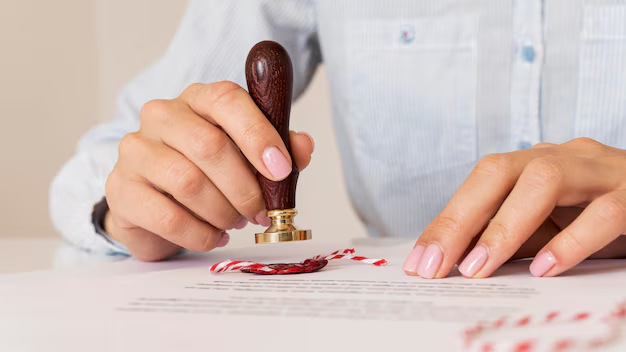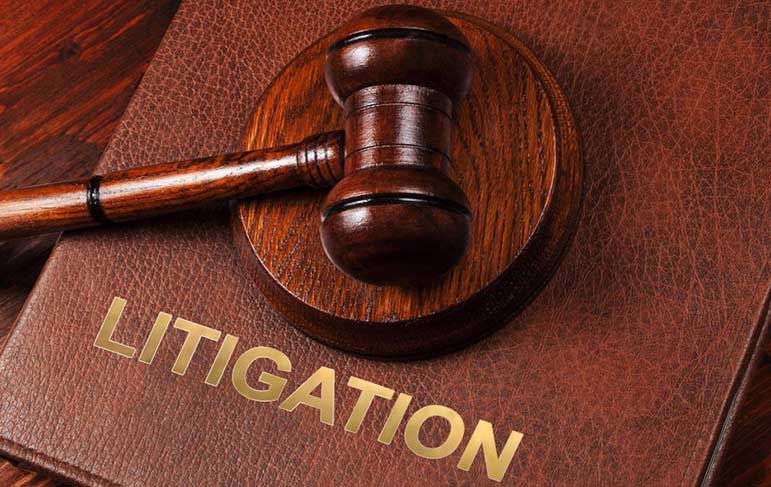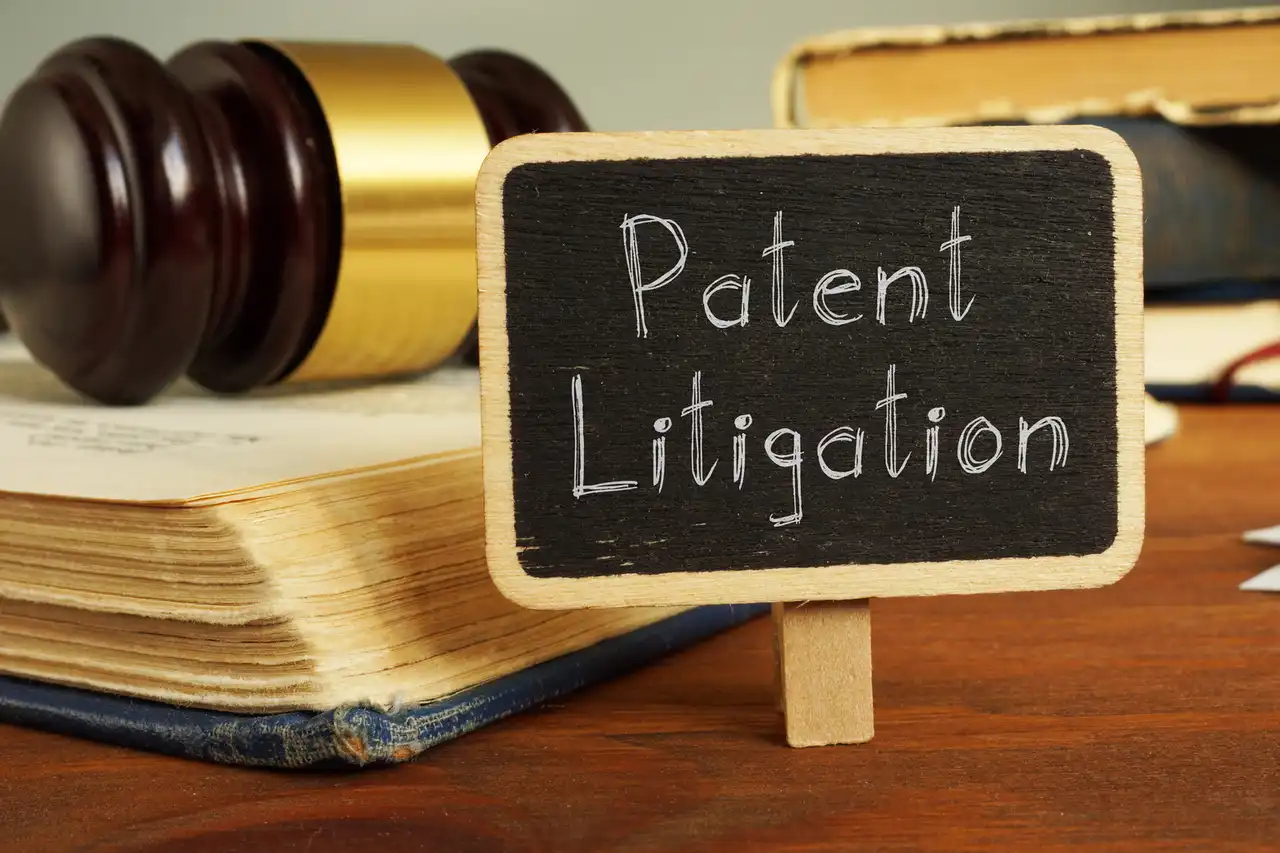In a world where innovation drives competition, the legal arena surrounding intellectual property emerges as a critical battlefield. As businesses strive to protect their creations, the necessity for effective approaches to confront challenges within this sphere becomes paramount. Stakeholders must equip themselves with knowledge that empowers them to navigate complexities and secure their interests.
The landscape of legal confrontations is dynamic and multifaceted, influenced by various factors that dictate the outcome of disputes. Firms must not only prepare for the possibility of conflict but also develop proactive approaches that allow for agile responses. This entails a careful examination of available options and an astute consideration of the broader implications of each decision.
Emphasizing foresight, collaboration, and informed decision-making forms the cornerstone of achieving favorable results. Engaging with experienced professionals can illuminate pathways to resolution and bolster an organization’s position in the face of adversity. By adopting a well-rounded perspective, entities can safeguard their innovations and foster an environment conducive to growth.
Overview of Patent Litigation Process
This section provides a comprehensive look into the sequence of events that unfold when legal disputes arise over intellectual property rights. It highlights the various stages that parties typically encounter, from initial filings to potential resolutions. This information is essential for both claimants and defendants to navigate the complexities of these judicial proceedings effectively.
The process generally involves several key phases:
- Pre-Litigation Assessment:
- Evaluate potential claims and defenses.
- Conduct a prior art search to understand previous inventions.
- Engage in settlement discussions to possibly avoid court.
- Filing a Complaint:
- Prepare and submit a formal complaint to the appropriate court.
- Notify the opposing party through service of process.
- Response:
- The defendant files an answer, which may include counterclaims.
- Engage in motions to dismiss if applicable.
- Discovery:
- Exchange evidence, documents, and expert reports.
- Conduct depositions to gather testimonies.
- Pre-Trial Motions:
- File motions for summary judgment to resolve issues before trial.
- Address any disputes regarding evidence admissibility.
- Trial:
- Present cases before a judge or jury.
- Provide evidence and witness testimonies.
- Post-Trial:
- Implement appeals if a party is dissatisfied with the outcome.
- Consider options for settlements post-verdict.
Understanding each phase is critical for effective navigation of disputes, as well as for making informed decisions at every turn of this intricate judicial journey.
Key Determinants of Patent Infringement
The realm of intellectual property is governed by various elements that influence the consideration of rights violations. Understanding these factors can aid individuals and organizations in navigating potential conflicts. By examining the fundamental aspects, one can discern the intricate nature of these disputes and the circumstances surrounding them.
Scope of Protection: The extent to which an invention is safeguarded plays a critical role. Clear definitions of claims determine the boundaries within which others must operate to avoid encroachment. Ambiguity in the language can lead to varied interpretations that complicate enforcement.
Acts of Infringement: Various behaviors may constitute violations, ranging from unauthorized manufacturing to selling products that embody patented technology. Identifying specific actions that may lead to litigation is essential for both enforcers and defenders of intellectual rights.
Prior Art: The existence of prior inventions can significantly influence infringement claims. If a similar concept or technology has been documented, it may undermine the uniqueness of a current claim and affect the outcome of disputes.
Intent: The deliberate nature of an alleged infringement can also be a determining factor. Courts often consider whether the accused party knowingly infringed upon the rights of another, which may impact damages and penalties.
Market Impact: The economic consequences of an infringement may also be taken into account. If the alleged violation has resulted in substantial loss for the patent holder, this may strengthen their case in any subsequent legal proceedings.
Recognizing these fundamental determinants is crucial for both protecting one’s creations and understanding the potential exposure to conflicts. Having a comprehensive grasp of these aspects can significantly influence how rights are asserted or defended in confrontations over proprietary innovations.
Common Defenses in Patent Disputes
In the realm of intellectual property conflicts, numerous responses can be employed by defendants to counter claims brought against them. These tactics often focus on questioning the validity of the assertions made by the complainant, as well as addressing the appropriateness of their claims based on existing legal frameworks and evidence.
One prevalent defense centers around the argument of invalidity. This approach asserts that the asserted rights do not meet the necessary criteria for protection, such as novelty or non-obviousness. By demonstrating that the claimed invention lacks originality, defendants can effectively undermine the foundation of the plaintiff’s case.
Another common tactic is the contention of non-infringement. This involves showing that the actions or products in question do not fall within the scope of the asserted rights. Defendants may argue that their work does not utilize the same methods or reach the same outcomes, thereby sidestepping infringement accusations.
Additionally, the doctrine of exhaustion can serve as a potent defense. It posits that once a product is sold, the rights holder can no longer control subsequent sales or distribution, thus limiting their ability to assert claims against downstream users.
Furthermore, prior use is an important defense, which allows defendants to demonstrate that they were utilizing a similar method or invention before the rights were claimed. This can establish a legitimate precedent that challenges the exclusivity of the plaintiff’s assertions.
Finally, equitable defenses such as laches or estoppel may be asserted. These defenses argue that the complainant delayed taking legal action to the point where it is unjust to allow the claims to proceed. By highlighting the dynamics of time and its effects on evidence and witness recollections, defendants can seek dismissal of the case on these grounds.
Strategies for Successful Mediation
Effective dispute resolution through mediation relies on a systematic approach that fosters collaboration and communication. By focusing on common ground and mutual interests, parties can navigate the complexities of their disagreements more efficiently, ultimately leading to a satisfactory outcome for all involved. This section explores various methods to enhance the mediation experience.
| Approach | Description |
|---|---|
| Preparation | Entering mediation well-prepared allows parties to present their views clearly, anticipate counterarguments, and develop convincing proposals. |
| Active Listening | Eagerly understanding the other party’s perspective fosters empathy, builds trust, and encourages a more fruitful dialogue. |
| Flexibility | Being open to various solutions can lead to unexpected yet effective alternatives that satisfy both parties’ needs. |
| Clear Communication | Expressing thoughts and concerns articulately aids in minimizing misunderstandings and clarifying intentions. |
| Use of a Neutral Mediator | Engaging an impartial facilitator can help manage emotions, keep discussions on track, and provide unbiased insights. |
These key methodologies can significantly impact the efficacy of the mediation process, paving the way for amicable resolutions and preserving professional relations. Engaging in discussions with a focus on collaboration rather than confrontation will often yield the most constructive outcomes.
Role of Expert Witnesses in Trials
In legal proceedings, the presence of specialists significantly influences the evaluation of complex matters. These individuals, equipped with substantial knowledge and experience in their respective fields, provide insights that help clarify intricate issues for the trier of fact. Their contributions are particularly vital in instances where technical details are not easily comprehensible to jurors or judges.
Expert witnesses serve a crucial function by bridging the gap between specialized knowledge and legal interpretation. They articulate findings and present evidence that can sway the understanding and decisions of the jury or the court. Their ability to communicate complex concepts in an accessible manner is essential in ensuring that the facts are properly understood.
Furthermore, the credibility of expert testimony can significantly affect the outcome of a case. Factors such as the expert’s qualifications, the soundness of their methodologies, and their ability to convey information clearly all play a pivotal role in enhancing or undermining their authority. Meticulous preparation and effective presentation can often mean the difference between success and failure in trials where detailed technical analysis is paramount.
Best Practices for IP Portfolio Management
Effectively overseeing intellectual property assets is crucial for any organization aiming to maximize its innovation potential and competitive edge. A well-structured approach enables businesses to safeguard their inventions, enhance value, and navigate complexities in the marketplace. By implementing certain guidelines, entities can ensure that their intellectual property portfolio serves its intended purpose efficiently and effectively.
Here are key recommendations to consider when managing an intellectual property portfolio:
| Recommendation | Description |
|---|---|
| Conduct Regular Audits | Systematically evaluate the existing portfolio to identify strengths, weaknesses, and areas for potential improvement. |
| Prioritize High-Value Assets | Focus on maintaining and protecting assets that offer significant business advantages or revenue generation opportunities. |
| Monitor Market Changes | Stay informed about industry trends and competitive actions to adapt your portfolio strategy accordingly. |
| Establish Clear Policies | Develop and implement guidelines for the creation, maintenance, and enforcement of intellectual property rights. |
| Utilize Technology Tools | Leverage software and platforms to track and manage intellectual property effectively, ensuring easy access to critical information. |
| Engage Cross-Departmental Teams | Involve various departments, including R&D, legal, and marketing, to align efforts and ensure comprehensive management of intellectual property. |
By adhering to these recommendations, businesses can cultivate a robust intellectual property framework that not only secures their innovations but also fosters growth and facilitates long-term success in their respective markets.
Q&A: Patent litigation
What are the key strategies to consider when preparing for a patent litigation case?
When preparing for patent litigation, key strategies include conducting a thorough prior art search to identify potential invalidity arguments, establishing a comprehensive trial plan, and assembling a skilled legal team with experience in patent law. It’s also vital to consider alternative dispute resolution options, such as mediation or arbitration, to potentially reduce costs and time associated with traditional litigation. Moreover, understanding the strengths and weaknesses of both your case and the opposing party’s case can greatly influence your legal strategy and decision-making processes throughout the litigation.
How can a company effectively manage the costs associated with patent litigation?
Managing costs in patent litigation involves implementing several best practices. Firstly, companies should establish a clear budget and determine their financial limits before proceeding. This can include evaluating the importance of the patent in question and the potential implications of the litigation outcome. Utilizing alternative dispute resolution methods rather than going through a full trial can also save significant resources. It is also beneficial to leverage technology, such as electronic discovery tools, to streamline document management and reduce attorney hours spent on administrative tasks. Finally, ongoing communication with legal counsel about strategy and budgeting can help to keep costs under control.
What role does settlement negotiation play in patent litigation, and what are best practices for negotiating?
Settlement negotiation is a critical component of patent litigation, often allowing parties to reach a mutually satisfactory resolution without the uncertainties and expenses of trial. Best practices for effective negotiation include being prepared with a clear understanding of both your own and the opposing party’s goals, maintaining open lines of communication, and being willing to explore creative solutions. Additionally, having a well-defined agenda and being flexible during negotiations can facilitate more productive discussions. Understanding the potential costs, risks, and benefits of continuing to litigation versus settling is essential in guiding the negotiation process.
What are the most common pitfalls to avoid during patent litigation?
Common pitfalls in patent litigation include inadequate preparation, failing to understand the technical aspects of the patent, and underestimating the complexity of the case. It’s also crucial to avoid over-complexity in arguments, as this can confuse the court and detract from the case’s core issues. Another significant mistake is overlooking the importance of maintaining good documentation and communication throughout the process, which can lead to critical information being lost or mismanaged. Lastly, not taking into consideration the potential reputation damage due to public litigation can affect future business and partnerships.
How can companies protect their patents from litigation in the first place?
To protect patents from litigation, companies should focus on proactive measures, such as conducting thorough patent searches and due diligence when developing new products. Engaging in regular audits of their patent portfolio helps to ensure that all patents are maintained in good standing and are adequately enforced. Additionally, companies should educate employees about the importance of intellectual property and establish clear protocols for safeguarding proprietary information. Building relationships and fostering communication within the industry can also provide insights into potential infringement issues, while being aware of relevant patent laws and regulations enhances overall compliance and protection strategies.
What are the key strategies for successfully navigating patent litigation?
Understanding the intricacies of patent litigation requires a multi-faceted approach. Firstly, conducting thorough prior art searches is essential to ascertain the strength of your patent and to anticipate the defenses your opponent may employ. Secondly, consider early settlement negotiations; this can often save time and resources compared to prolonged litigation. Engaging with experienced patent litigators is also critical, as they can help develop tailored strategies based on the specifics of your patent portfolio. Additionally, staying informed on evolving case law and precedents can provide significant advantages. Furthermore, leveraging technology for document management and evidence presentation can streamline the process. Finally, preparation is key; ensuring that witnesses are well-prepared and that your expert testimony is robust can make a significant difference in the courtroom outcome.
What are the main steps in a patent infringement suit in the U.S.?
A patent infringement suit typically begins when a patent owner files a lawsuit in a federal district court, alleging direct or indirect infringement of their patent claims. The process involves pre-trial discovery, potential motions for a preliminary injunction, and, if necessary, a trial to determine damages or a permanent injunction against the infringing party.
How does the Patent Trial and Appeal Board (PTAB) play a role in patent litigation?
The PTAB, part of the USPTO, handles post-grant review proceedings, where parties may challenge the validity of a patent after it has been granted. These proceedings can run parallel to or in place of district court patent litigation and are often used to invalidate weak patent claims in high-stakes patent cases.
What is the significance of a preliminary injunction in patent litigation?
A preliminary injunction can be issued by a district court to prevent a defendant from continuing alleged patent infringement while the litigation is pending. It is often sought early in high-stakes patent litigation, especially when the patent owner demonstrates a likelihood of success and potential irreparable harm.
How are intellectual property litigation costs managed in high-stakes patent cases?
High-stakes patent cases can be costly due to complex legal and technical issues, including expert witnesses and patent prosecution history analysis. Many law firms with experience litigating IP disputes offer cost-efficient litigation practices and work with clients to manage patent litigation costs while advancing their clients’ patent rights.
What role does the Federal Circuit play in patent appeals?
The Federal Circuit has exclusive jurisdiction over patent appeals from district courts and the Patent Trial and Appeal Board (PTAB). After a district court patent ruling or PTAB decision, a party may file an appeal to the Federal Circuit, which will review the legal and factual issues involved in the patent litigation case.



